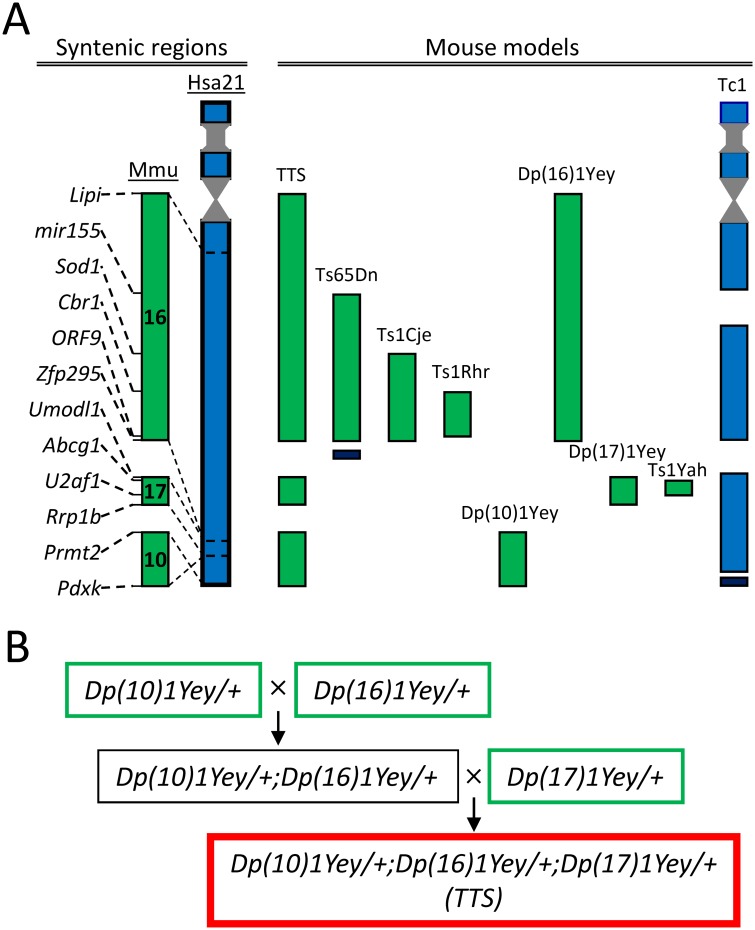Fig 1. Mouse genetic models of DS and breeding schema of TTS mice.
A: Mouse genetic models. Left: Correspondence of syntenic genomic regions on human chromosome 21 (HSA21) to mouse chromosomes (Mmu) 10, 16, and 17. Right: Schema of the triplicated genomic regions in several notable mouse models of DS. Mouse and human genomic regions are shown in green and blue respectively. Triplicated genomic regions not present on HSA21 and, therefore, not triplicated in DS, are shown in black. See Table 1 for details regarding the size and boundaries of the triplicated regions. B: Breeding schema of TTS mice. First, Dp(10)1Yey/+, Dp(16)1Yey/+, and Dp(17)1Yey/+ mice (green rectangles) were generated by triplications of the corresponding syntenic regions. Next, compound Dp(10)1Yey/+;Dp(16)1Yey/+ mice (black rectangle) were generated by crossing Dp(10)1Yey/+ and Dp(16)1Yey/+ mutant mice. Finally, TTS mice (red rectangle) were generated by crossing Dp(10)1Yey/+;Dp(16)1Yey/+ and Dp(17)1Yey/+ mice.

